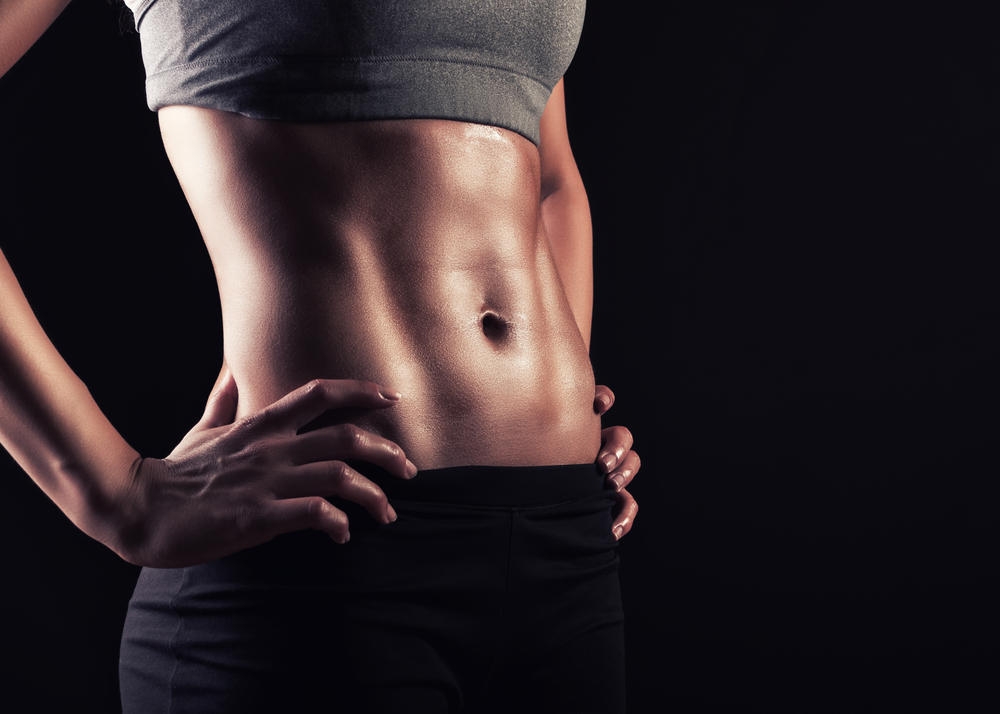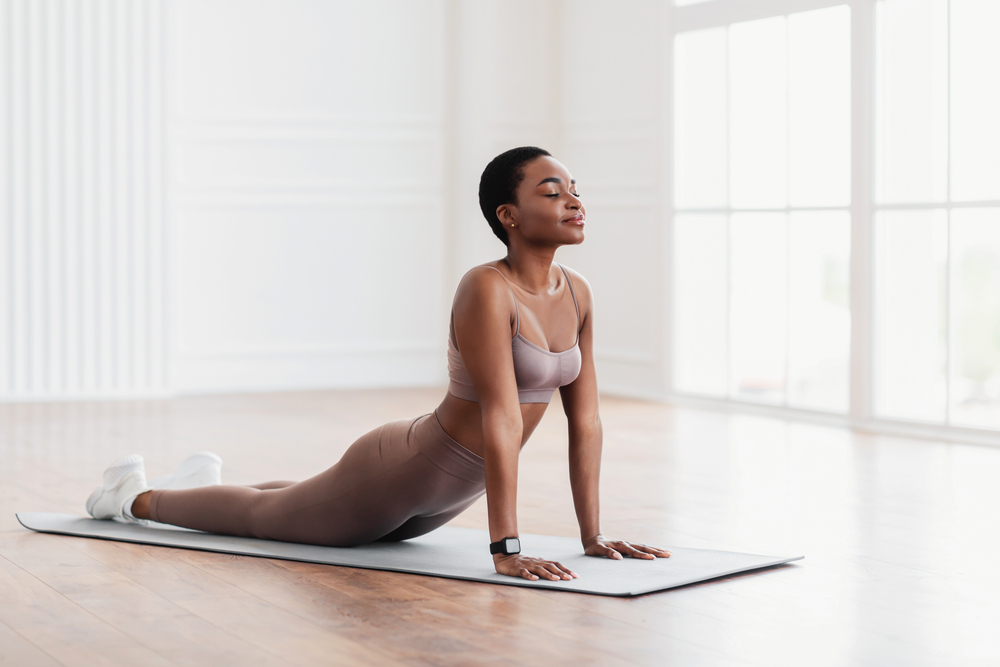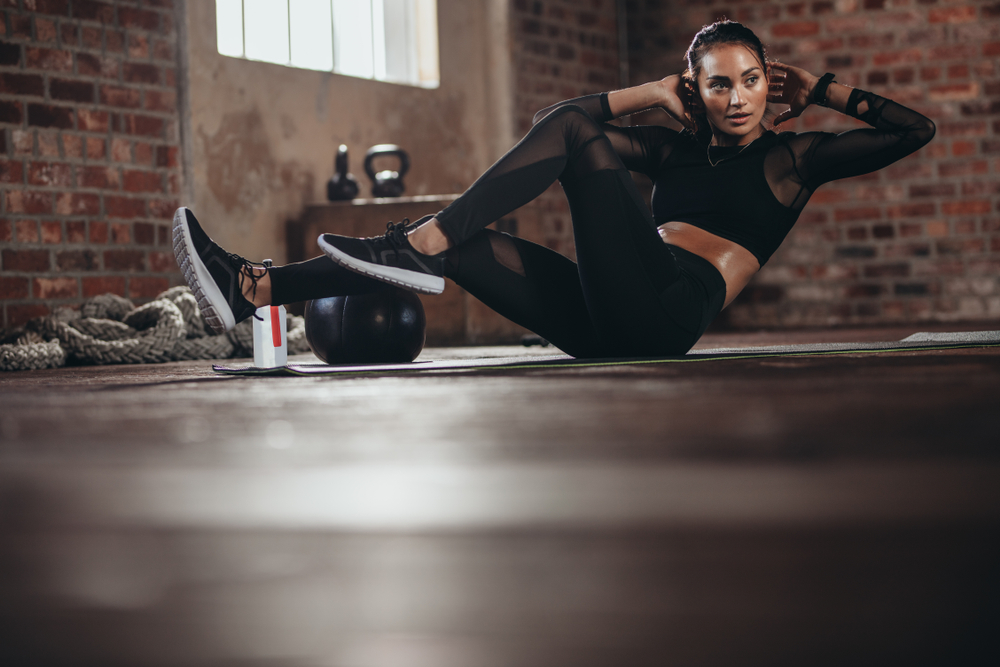Introduction:
A strong core forms the foundation of physical fitness, serving as a crucial stabilizing force for the entire body. Beyond achieving washboard abs, developing a robust midsection is essential for improving posture, preventing injuries, and enhancing overall athleticism. In this comprehensive guide, we explore the importance of core strength and stability and delve into a variety of effective workouts designed to target and strengthen this vital muscle group.
Understanding the Core:
The core encompasses a network of muscles located in the torso, including the rectus abdominis, obliques, transverse abdominis, and lower back muscles. These muscles work together to support the spine, pelvis, and hips, providing stability and facilitating movement in all directions. A strong core not only enhances athletic performance but also contributes to everyday activities such as lifting, bending, and twisting, reducing the risk of strain and injury.

Importance of Core Strength:
Core strength is integral to maintaining proper alignment and stability throughout the body. Whether you’re sprinting on the track, swinging a golf club, or simply bending down to tie your shoes, a strong core enables efficient transfer of force between the upper and lower body, optimizing movement patterns and reducing the risk of compensation injuries. Additionally, a stable core improves balance and coordination, enhancing agility and proprioception, which are essential for athletic performance and injury prevention.
Effective Core Workouts:
1. Plank Variations:
Planks serve as a foundational exercise for enhancing core strength and stability. Variations such as forearm plank, side plank, and plank with leg lift engage the entire core musculature while also targeting the shoulders, arms, and glutes. Aim to hold each plank variation for 30 seconds to 1 minute, focusing on maintaining proper form and alignment throughout.
2. Russian Twists:
Russian twists target the obliques and transverse abdominis, helping to sculpt a strong and defined waistline. Sit on the floor with knees bent, feet elevated, and hold a weight or medicine ball in front of your chest. Rotate your torso from side to side, touching the weight to the ground beside your hips with each twist. Aim for 10-12 reps per side, focusing on controlled movement and engaging the core muscles.
3. Bicycle Crunches:
Bicycle crunches effectively target the rectus abdominis and obliques while also engaging the hip flexors. Begin by lying on your back with your knees bent and hands placed behind your head. Switch sides in a cycling motion, aiming to complete 12-15 repetitions on each side.
4. Dead Bug Exercise:
The dead bug exercise is a dynamic movement that challenges core stability while also improving coordination and motor control. Lie on your back, extending your arms toward the ceiling while bending your knees at a 90-degree angle for optimal form. Slowly lower your right arm and left leg towards the floor while maintaining a neutral spine. Go back to the initial position and repeat the movement on the other side. Aim for 10-12 reps per side, focusing on maintaining tension in the core throughout.
5. Stability Ball Rollouts:
Stability ball rollouts are an advanced core exercise that targets the entire core musculature, including the rectus abdominis, obliques, and transverse abdominis. Start in a kneeling position with hands on a stability ball placed in front of you. Roll the ball forward, extending your arms and torso while maintaining a straight line from head to heels. Take a brief pause, then reverse the motion to go back to the initial position. Aim for 8-10 reps, focusing on controlled movement and maintaining stability.
6. Yoga and Pilates:
Incorporating yoga and Pilates into your fitness regimen can provide additional benefits for core strength and stability. Both disciplines emphasize controlled movements, breath awareness, and alignment, making them ideal for developing a strong and stable core. Yoga poses such as plank variations, boat pose, and downward-facing dog engage the core muscles while also promoting flexibility and mindfulness. Similarly, Pilates exercises such as the hundred, the roll-up, and the Pilates bridge target the core muscles while also improving overall body awareness and control. Integrating yoga and Pilates sessions into your routine can complement traditional core workouts and provide a well-rounded approach to building strength, stability, and balance.

Incorporating these effective core workouts into your fitness routine will not only help you build a stronger midsection but also enhance stability, improve posture, and reduce the risk of injury in your daily activities. Remember to perform each exercise with proper form, focus on engaging the core muscles, and progress gradually as you build strength and endurance. With dedication and consistency, you’ll be well on your way to building a solid foundation of core strength and stability that will benefit you in all aspects of life.


